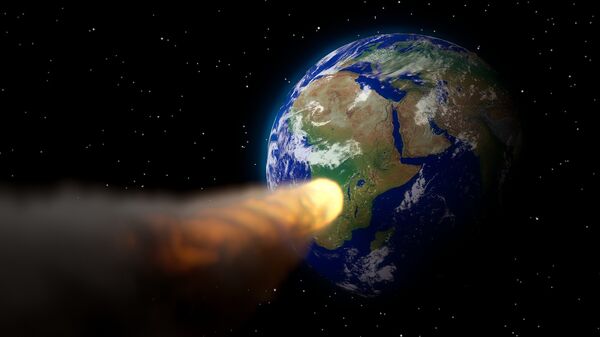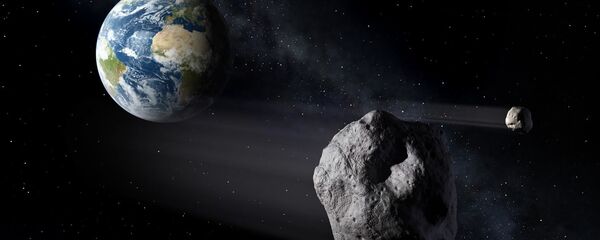NASA revealed when a giant asteroid, known as JF1, could hit Earth if it continues on its current trajectory – and it’s not too far from now.
The American space agency predicted that a 128-meter-long space rock - the size of the Great Pyramid of Giza in Egypt - could collide with our planet on 6 May 2022, according to data from NASA's monitoring system Sentry, potentially causing devastating consequences by wiping out an entire city just in seconds and causing millions of deaths.
JF1 is designated as a Near-Earth Object [NEO] by NASA, which means that it orbits the Sun within 1.3 astronomical units, and thus is closely monitored by the agency. The rock could potentially strike the Earth with a power of 230 kilotons of TNT - 15 times higher than the atomic bomb dropped on Hiroshima that was equivalent in energy to 15 kilotons of TNT.
“Larger NEOs greater than 140 meters would have the potential to inflict severe damage to entire regions or contents,” a report delivered to the White House on the dangers of an asteroid impact back in 2018 said.
While the agency says that the probability of an asteroid hitting the Earth on the estimated date is still quite low – being only 0.00026 – its giant size and potential impact from collision means that its movement is still being closely observed by Sentry.


